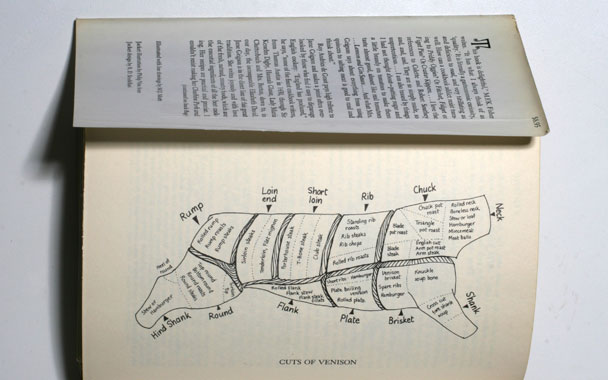I would remember when I bought Good Things by British food writer Jane Grigson even if I hadn't noted the date on the inside front cover. I knew it was a treasure almost the instant I found it, on August 31, 1973, in the dollar bin of a chain bookstore. I was groping for my wallet from the first sentence: "This is not a manual of cookery but a book about enjoying food." In my twenties, I already knew the rudiments of cooking but was hungry for information and context. Instead of being put off by chapters on snails, sweetbreads, and pigeon, I was intrigued, even comforted, because they were balanced by ostensibly mundane ones on carrots, celery, and lemons. Grigson's tone is so encouraging that a timid cook might be emboldened to try her hand at organ meats or curious to attempt a recipe in which spinach absorbs a pound of butter over four days. If it turns out that neither is to your taste, no big deal: "Food has the tact to disappear, leaving room and opportunity for masterpieces to come. The mistakes don't hang on the walls or stand on the shelves to reproach you forever."
So far, Jane Grigson's recipes have yet to let me down. Every dish I've tried has disappeared, as promised, and tact was never necessary. Admittedly, though, I'd still rather read about than eat the implausibly buttery spinach. Her walnut pie, based on the American pecan model, uses the slight bitterness of the nut plus the grated zest and juice of a lemon to relieve that dessert of a cloying finish, and has forever changed what I thought was an overly sweet ending to Thanksgiving. One of my favorite bits is not a recipe per se, but what the French would call a truc. For escargots farcis à la bourguignonne, Grigson gives a smart, savory alternative to special plates and tongs. She suggests using thick, horizontal slices cut from a round loaf of bread, cutting a hole for each snail shell with an apple corer. I've adapted that further by pulling divots out of a horizontally halved baguette and nestling the shells in the holes. As promised, "the butter bubbles over and is efficiently soaked up by the bread, which can afterward be eaten." That's the kind of advice that's memorable for decades and is easily worth the bargain price of a buck. In and out of print since 1971, you can sometimes find original copies on Ebay, and a paperback version of this book can be found on Amazon.com if you search books for Good Things (At Table)—the shorter, original title having been usurped by Martha Stewart.


